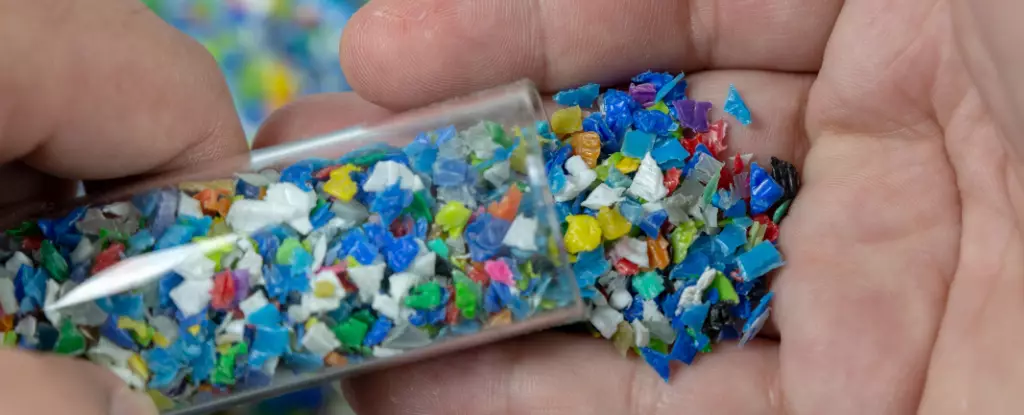In today’s world, the influence of plastics is inescapable. From packaging to personal care products, plastic materials permeate every aspect of daily life. This proliferation has raised significant concerns about the associated chemicals used in the production of these materials, particularly plasticizers—substances that enhance the flexibility and durability of plastics. Recent studies, particularly in urban regions like Southern California, highlight an alarming level of exposure to these chemicals among residents. The findings underscore the urgent need for public awareness and regulatory intervention.
Plasticizer Contamination: A Comprehensive Study
Research conducted by toxicologist David Volz at the University of California, Riverside, sheds light on the magnitude of this issue. A study involving 137 participants who wore silicone wristbands for five days revealed staggering concentrations of plasticizers. The wristbands acted as passive samplers, absorbing chemicals from the environment. The results were shocking; levels of harmful pollutants were found at significantly higher levels than anticipated. Such findings signal that exposure to plasticizer chemicals is not only prevalent but also intensifying.
Dephthalate compounds, including DEHP (di-(2-ethylhexyl) phthalate) and DiNP (di-isononyl phthalate), are particularly concerning. These substances are linked to severe health risks, including cancer and reproductive issues. The California state legislature has already recognized these dangers, moving to ban DEHP in medical applications. Despite existing regulations, exposure to these chemicals remains high, prompting further scrutiny of their impact on health and development.
The Hidden Risks of Phthalates
Phthalates, the family of chemicals to which DEHP and DiNP belong, are ubiquitous in modern consumer products—from food packaging to cosmetics. Their ability to leach into the body through ingestion, dermal absorption, or inhalation poses a serious risk. While these chemicals are eliminated relatively quickly from the human body, their widespread presence in the environment leads to chronic exposure with potentially unknown long-term effects. The presence of phthalates in urine samples from the majority of the American population adds weight to these concerns.
Compounding the problem is the emergence of newer formulations such as DEHT (di(2-ethylhexyl) terephthalate), marketed as a safer alternative to traditional phthalates. However, scientific understanding of DEHT’s toxicity remains limited. This uncertainty raises crucial questions about the adequacy of current safety assessments for both existing and new plasticizers.
In light of these findings, both local and federal agencies are reevaluating the regulatory landscape concerning phthalates and plasticizers. The U.S. Environmental Protection Agency (EPA) is currently assessing the potential health risks associated with these substances, focusing on their carcinogenic properties. Preliminary assessments have indicated that chemicals like DiNP may contribute to liver damage and other serious health outcomes when exposure levels are elevated.
The epidemiological implications of these studies cannot be ignored. Chronic exposure to toxic substances in urban environments poses significant public health risks, particularly for vulnerable populations such as children and pregnant individuals. As more research emerges, it is imperative for legislators to implement stricter controls on the use of harmful plasticizers and to promote safer alternatives.
The ongoing struggle against plastic pollution and chemical exposure requires actionable solutions and a concerted effort from consumers, regulators, and industry leaders alike. Awareness programs aimed at educating the public about the risks associated with plasticizers are vital. Moreover, investments in research into sustainable materials and alternatives can pave the way for a healthier future.
As we face the daunting reality of a plastic-laden world, it is essential to advocate for change—both in how we understand these chemicals and how we manage their use in consumer products. Only through collective action can we hope to mitigate the health impacts associated with plastic exposure and secure a safer environment for future generations.


Leave a Reply